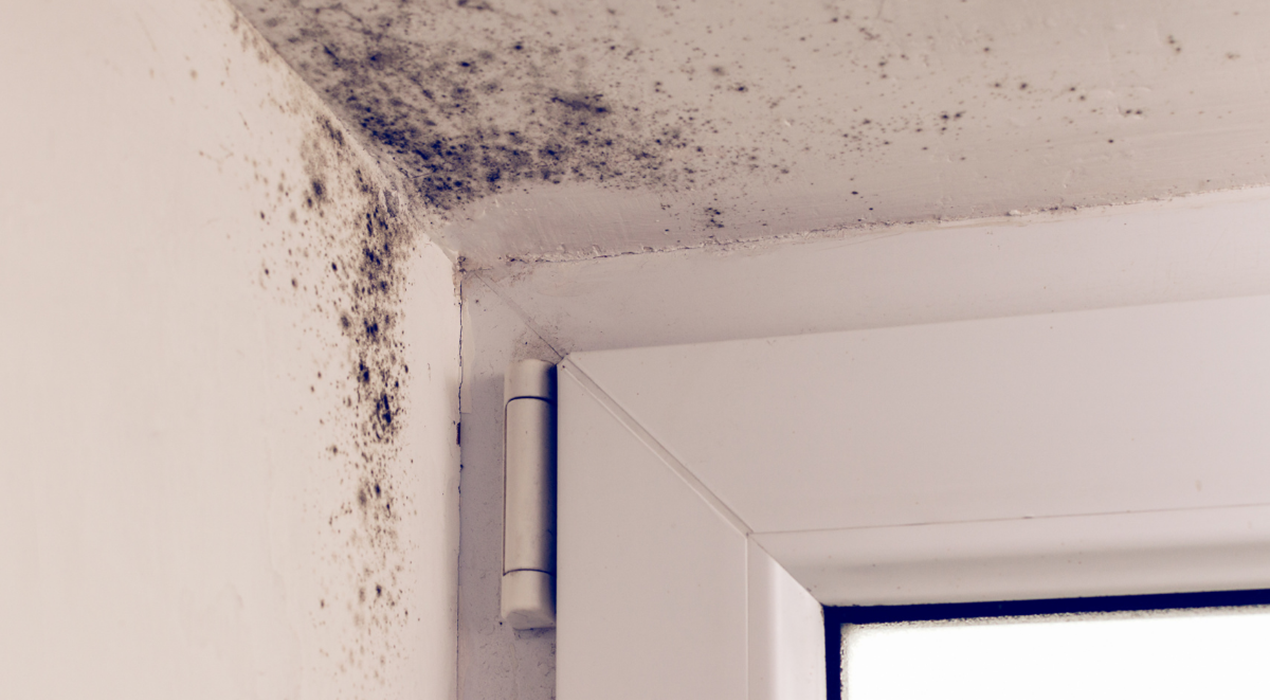
Mould Complaints in the UK
Damp and mould affect landlords and occupants across the country. It’s believed that 1 in 5 houses in the UK suffer from damp and mould issues, with the most common cause being condensation.
Housing Ombudsman Report
In October 2021, the Housing Ombudsman published its report “Spotlight on damp and mould – it’s not lifestyle”, where it formally investigated 410 damp and mould complaints over a two-year period –the equivalent of 4 complaints per week on average.
This report was published at the time of year when damp and mould is more prevalent, and where a rise in reports of damp and mould is becoming more and more likely as people have been spending more time at home due to the Covid-19 pandemic and subsequent changes to working patterns.
In the majority of cases (56%), the Ombudsman ruled that the landlord had failed to do something or had done something it shouldn’t have, which resulted in the damp and mould issue developing within the property. This same ruling of maladministration was made in 40% of cases of damp and mould as well.
Furthermore, compensation levels have been relatively high, particularly in London, with a total of £123,094.57 ordered across 222 cases in the same period. Nearly £90,000 was paid in compensation for the 177 cases brought to the Ombudsman concerning damp and mould.
During the investigation, there was a general sense of frustration among residents. Many reported that they felt they were not being listened to, and that their landlords were not taking their repair reports or complaints seriously. The impact on residents was clear, with distress and inconvenience reported together with concerns about health and well-being.
A new Housing Ombudsman Scheme, published in March 2021, gives the Ombudsman the power to investigate potential systemic and thematic issues. These powers allow them to issue a call for evidence, and conclusions from the investigation could significantly affect how indoor air quality is managed across the sector.

Housing Ombudsman Scheme
A new Housing Ombudsman Scheme, published in March 2021, gives the Ombudsman the power to investigate potential systemic and thematic issues. These powers allow them to issue a call for evidence, and conclusions from the investigation could significantly affect how indoor air quality is managed across the sector.
While the report also recognises the challenges for landlords in tackling the issues, the Ombudsman supports the need to move away from reactive to proactive maintenance and from inferring blame to taking responsibility.
In support of this, the Ombudsman makes 26 recommendations for landlords to implement, including:
- Landlords should adopt a zero-tolerance approach to damp and mould interventions by reviewing their current strategy.
- Landlords should consider whether they require an overall framework, or policy, for damp and mould which would cover each area where the landlord may be required to act. This would include any proactive interventions, its approach to diagnosis, actions it considers appropriate in different circumstances, effective communication and aftercare.
- Landlords should implement a data driven, risk-based approach with respect to damp and mould. This will reduce over reliance on residents to report problems, help landlords identify hidden issues and support landlords to anticipate and prioritise interventions before a complaint or disrepair claim is made.
The full details of the recommendations and how they can help landlords, can be found in the original report
